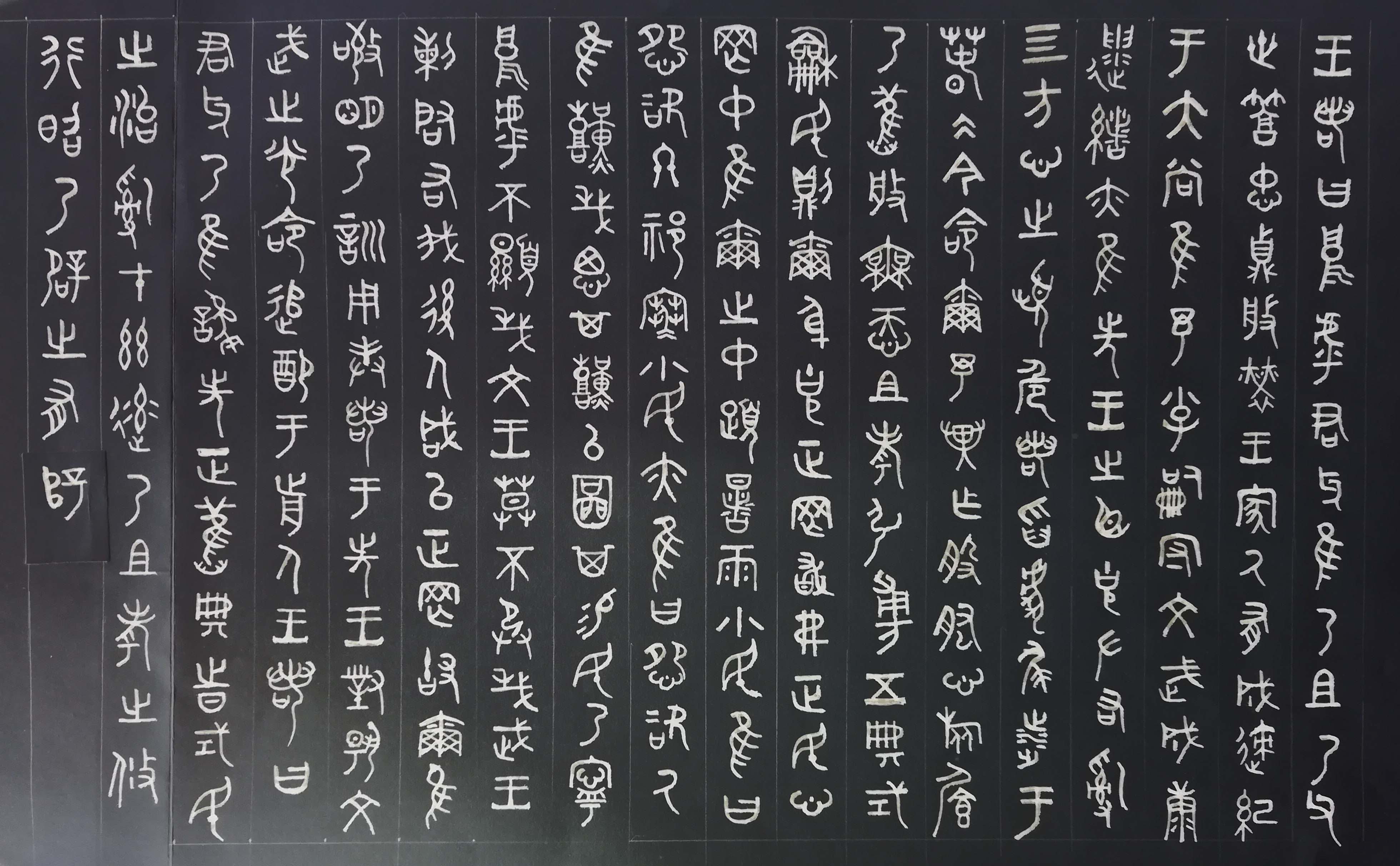An invaluable collection of fake and forged artifacts, books, and visual art – said to be once owned by the prestigious Prud’homme family – was discovered in a Saskatchewan farmhouse attic. None of the pieces – including an ancient bronze vessel and the Quincunx, a poetry collection by Unni Magnuson, best known as a member of the infamous sex Club 57 – are exactly what they seem.
Okay, this is a made-up story. These fake objects do exist, but there is no Unni Magnuson or Florence Baldisseri, said to have created 2,920 self-portraits between the age of 16 and her death at 24. They are the creative output of a literary collaboration between a group of writers and artists, spearheaded by Vancouver authors and academics Claire Battershill and Heather Jessup.
This is the story behind The Secret Library of Mr. Prud’homme, a touring exhibition with stops in Halifax (March 5–28), Toronto (May 3–24), Saskatoon (May 29–June 27), and Vancouver (July 5–Aug. 21), which examines artistic ownership and institutional authority. The idea was conceived a decade ago when Jessup was completing her doctorate in English literature at the University of Toronto with a dissertation on hoaxes in contemporary Canadian literature and visual art. (An expanded version appears this fall in Jessup’s new book, This Is Not a Hoax: Unsettling Truth in Canadian Culture, published by Wilfrid Laurier University Press.)
In keeping with her dissertation’s theme, Jessup imagined a library of fake research sources and so sent out a questionnaire to a group of author friends, including Johanna Skibsrud and Sarah Selecky, asking them to write a scenario involving an object discovered in an attic. “Everyone was game and sent me back these beautiful pieces of writing,” Jessup says.
Jessup ended up handing in a traditional academic dissertation, and her friends’ creative writing sat untouched until the Canada Council for the Arts announced its New Chapter fund to celebrate the 150th anniversary of Canadian Confederation in 2017. Jessup and Battershill, who wrote one of the original stories, began collaborating on a physical manifestation of the library. The New Chapter funds allowed them to pair each author’s description with a visual artist, who created the object using their own vision and materials. Soon, the secret library began to take form, and the number of participants expanded to more than 100.
“All these parcels began arriving, and the library came to life in Claire’s living room 10 years later,” says Jessup, “and the story became so much more elaborate.”
Jessup answers a few more questions about the project:
Did you pair specific objects with specific artists based on their work?
A lot of the time we asked the writers if they knew of someone that they thought would do a good job with the objects that they created. Some writers approached artists whose work they’d seen but had never met them, so that was really, really cool. There are a lot of new friendships that have evolved out of this across disciplines because our writer like just reached out to an artist on their website and said, “Here’s a crazy project…”
How has the project evolved?
There are four pieces that we almost consider like a separate collection. It’s this beautiful artwork by two Indigenous artists living in the Downtown East Side. We separated it out because we obviously don’t want it to appear as if we think that it’s a hoax. It’s part of the narrative, but a cool, separate take on whose stories don’t get told in museums and why not. So that brought a whole bunch of new questions into the project, which evolved every single time someone new joined.
Did the authors and artists collaborate during the process of creating the art?
No, for the most part when we sent the images of the art to the writers, that was the first time they would have seen it. As curators, we didn’t interfere in that relationship. For the most part there wasn’t a lot of back and forth. It was as much a surprise to the writer as it was to Claire and I seeing it for the first time.
What do you hope people will take away from the exhibition?
Claire and I had one rule when we were making the project together. If things weren’t feeling fun we promised ourselves we would stop and have a cup of tea and wait it out a little bit and then go back. I think we’re asking really serious questions, like whose stories get told or what would happen if we cared less about fame and more about telling stories together? Art and books can be a really safe places to explore those difficult questions. We really hope people ask some important questions of themselves, but also have an experience that is joyful, beautiful, or playful.
This interview has been edited and condensed.



 Contact us via email
Contact us via email
